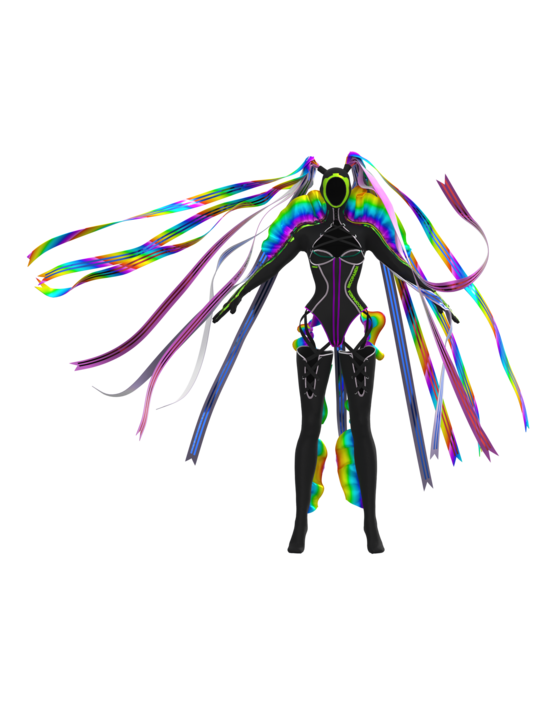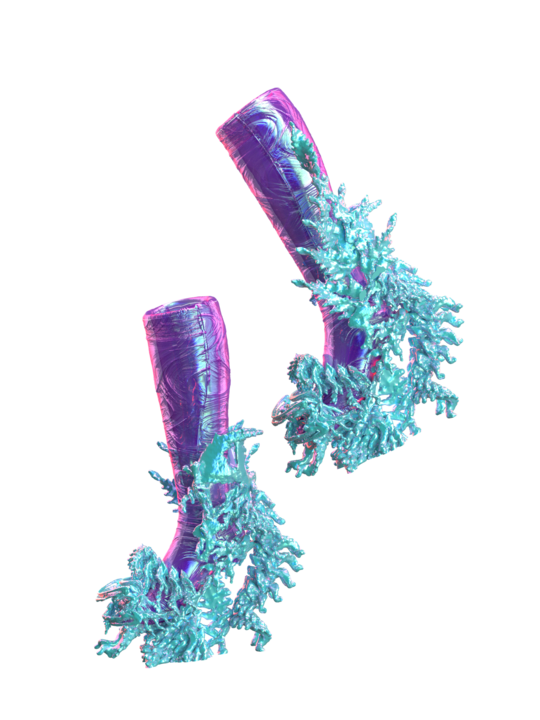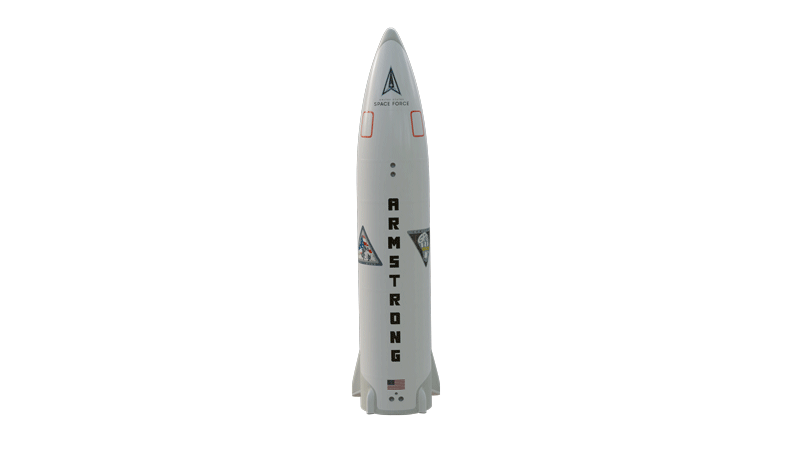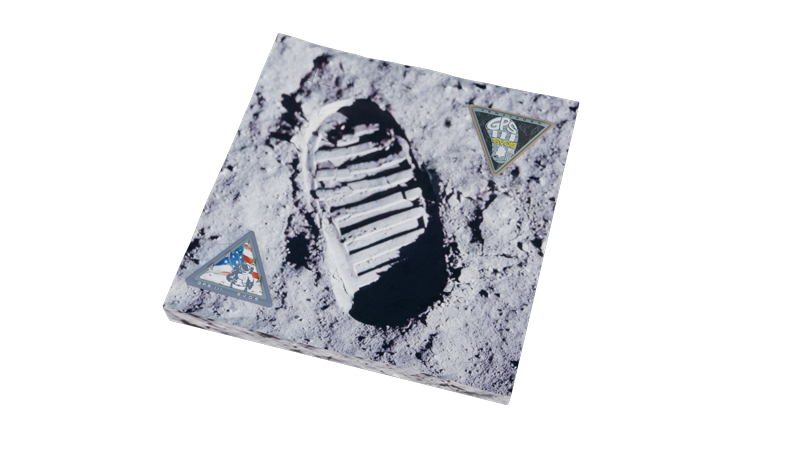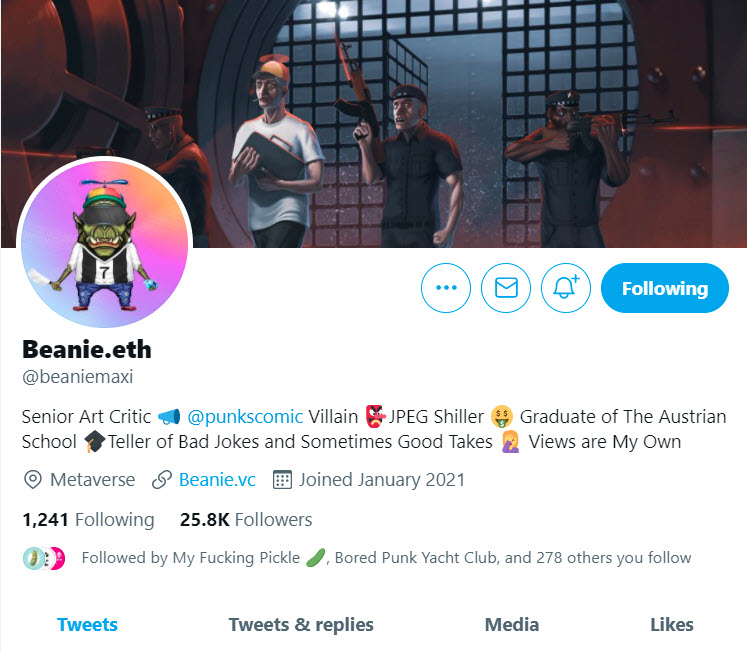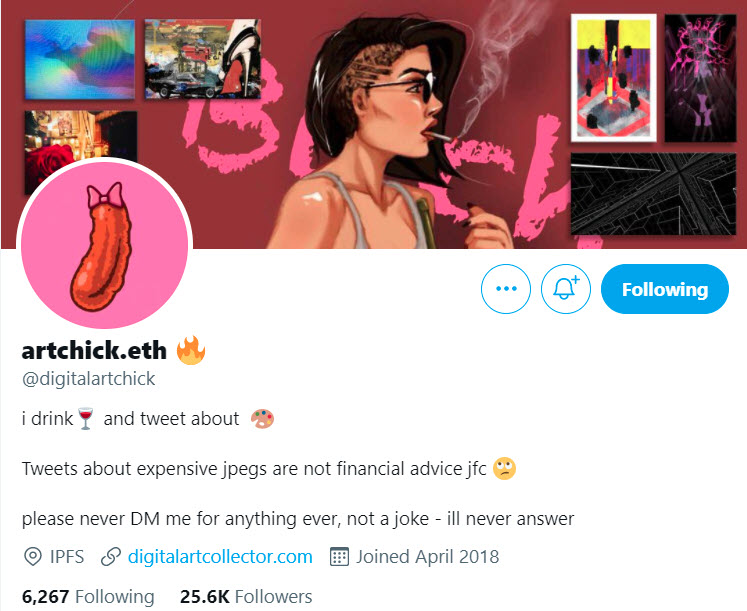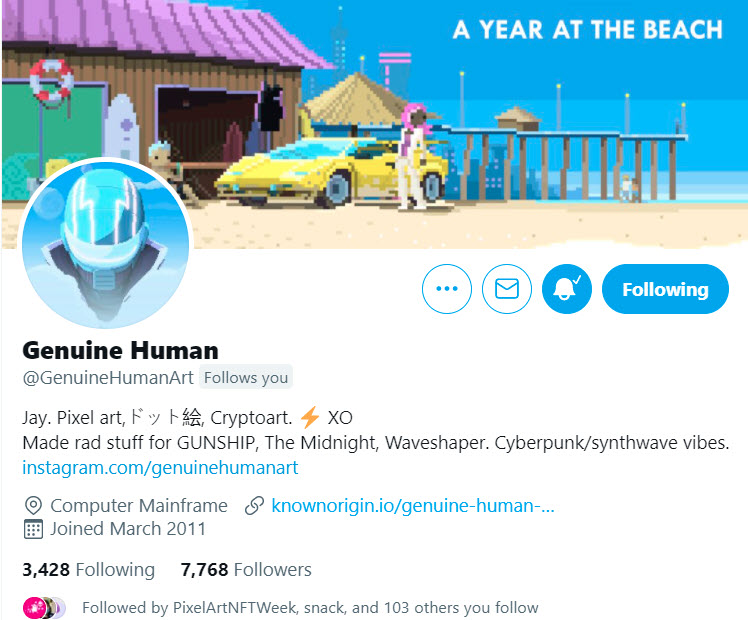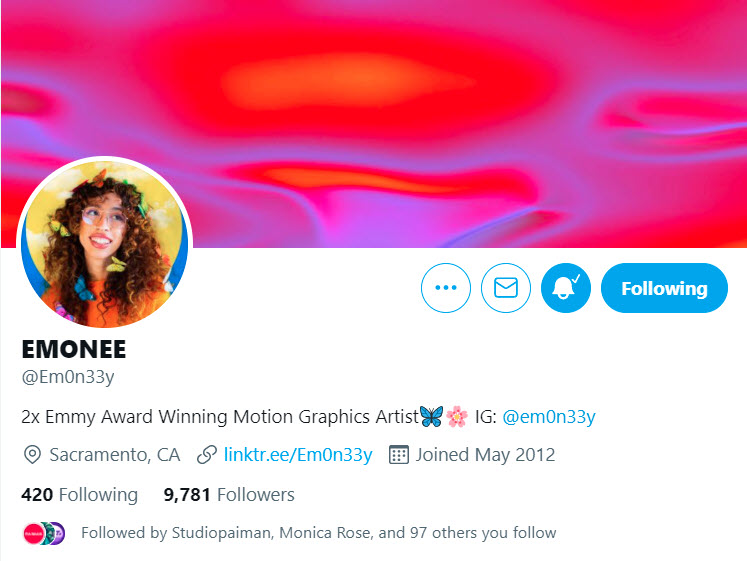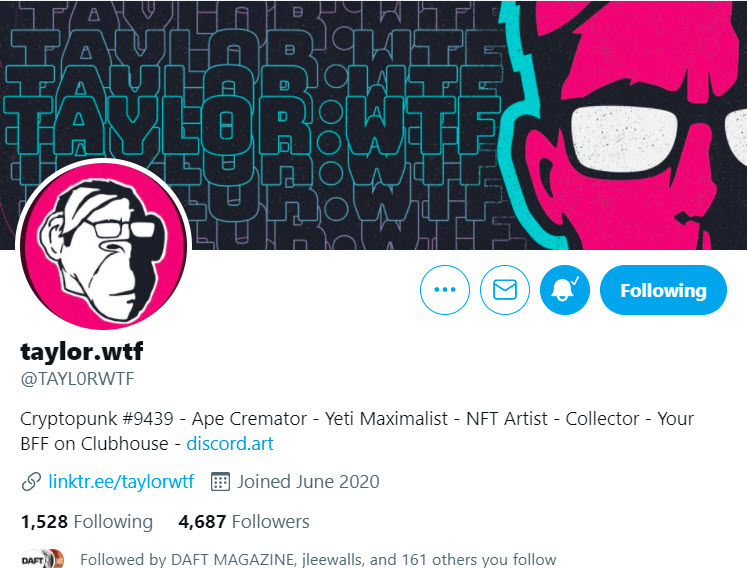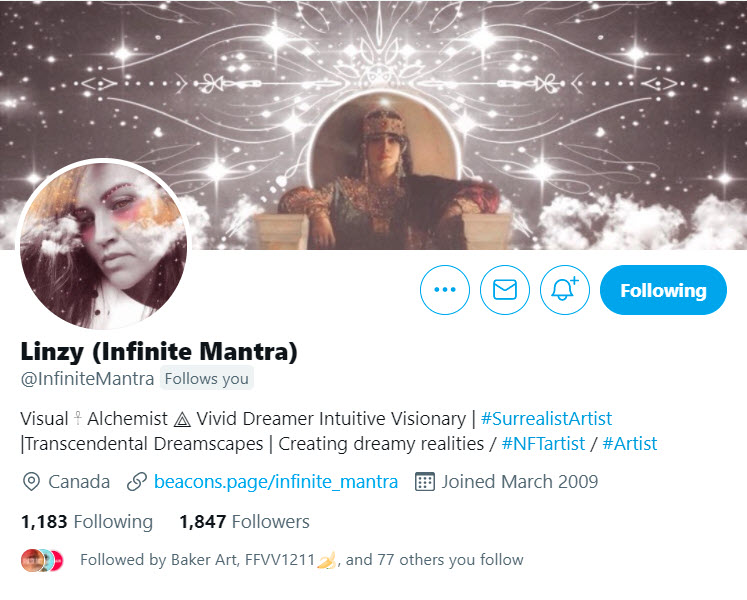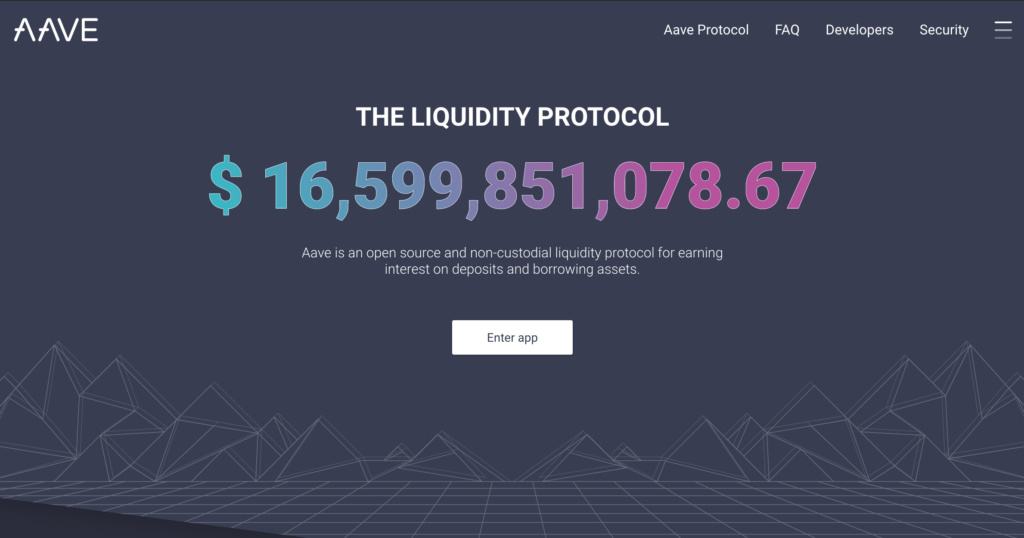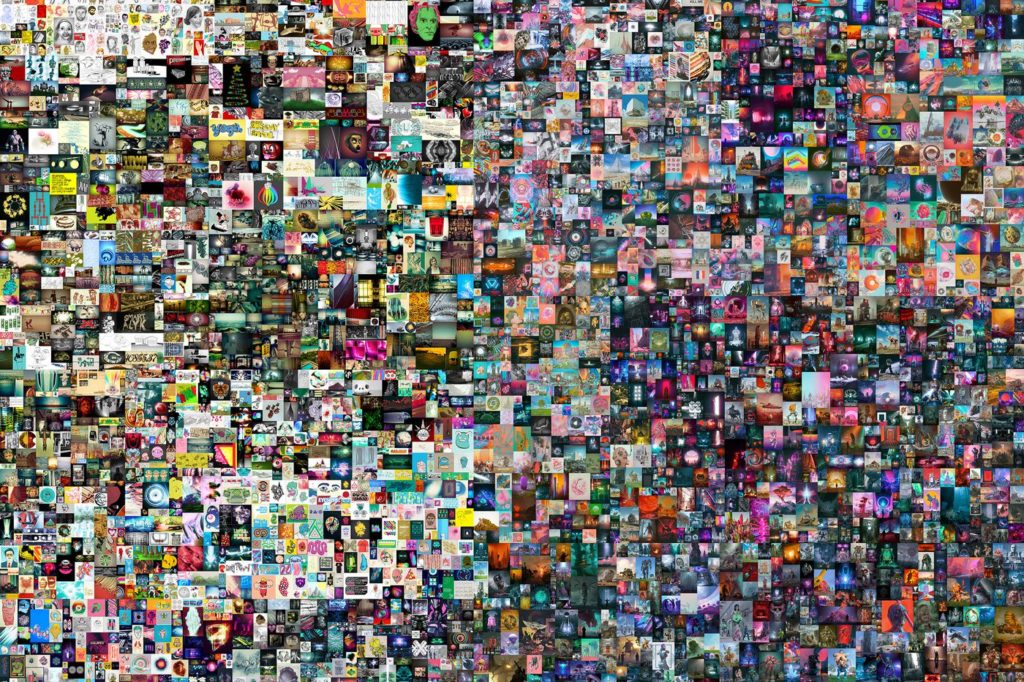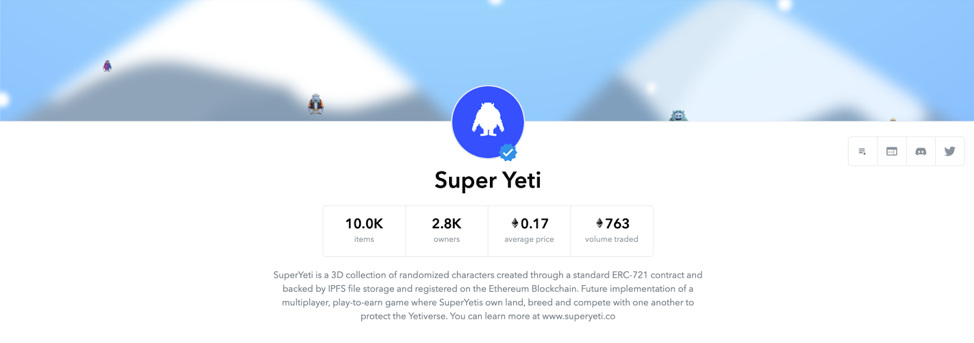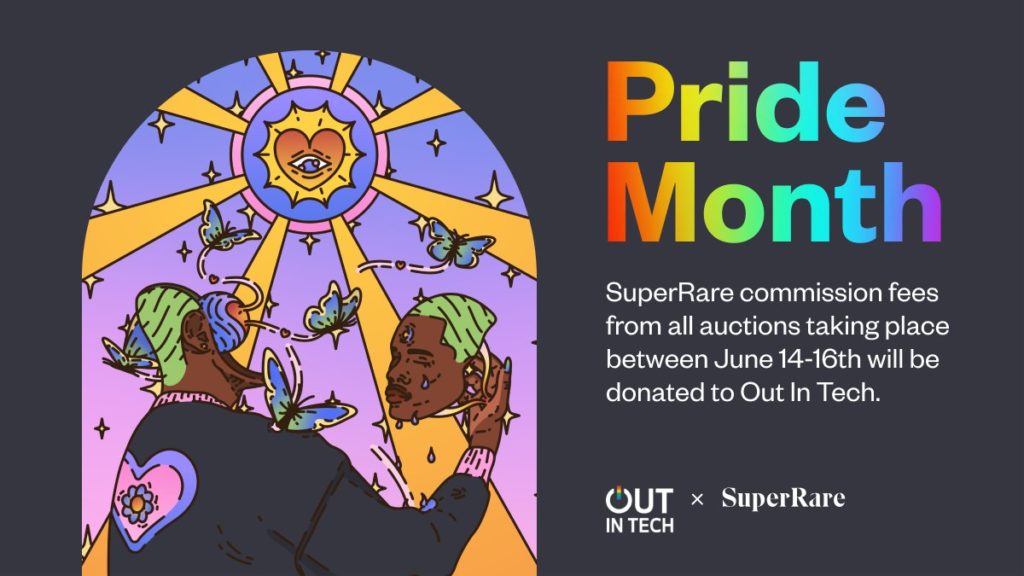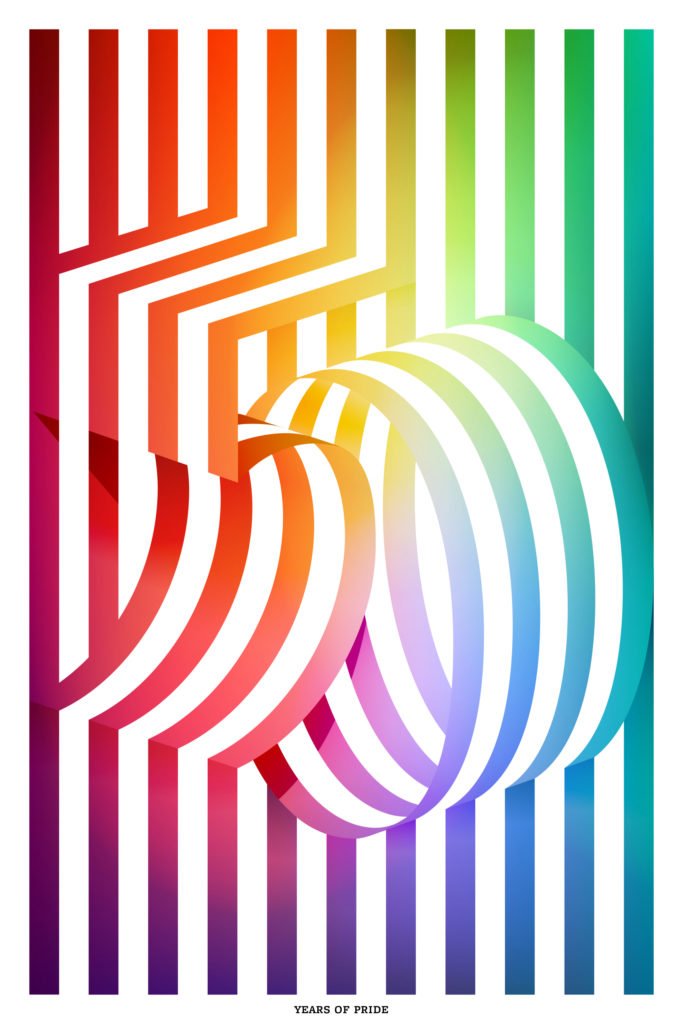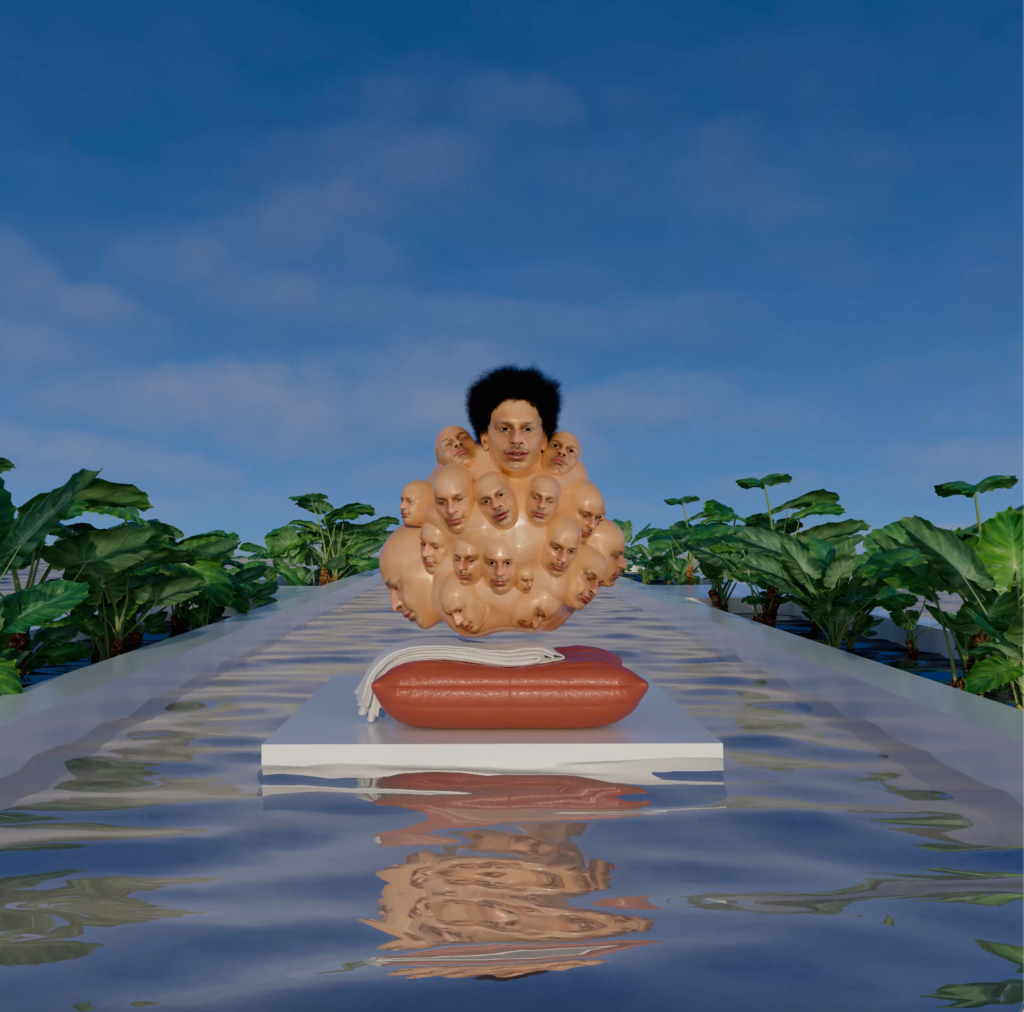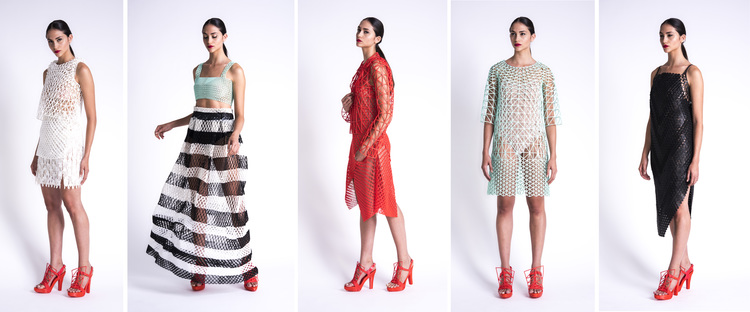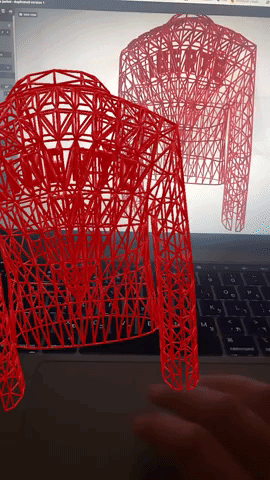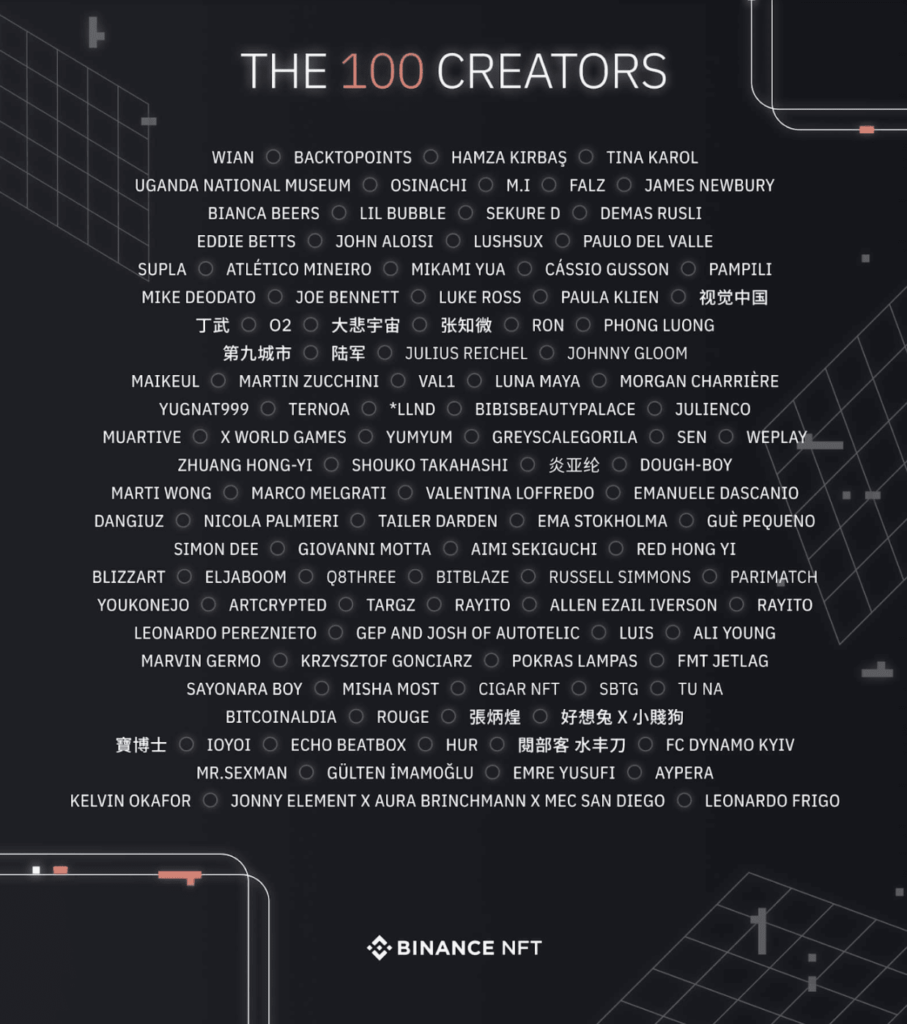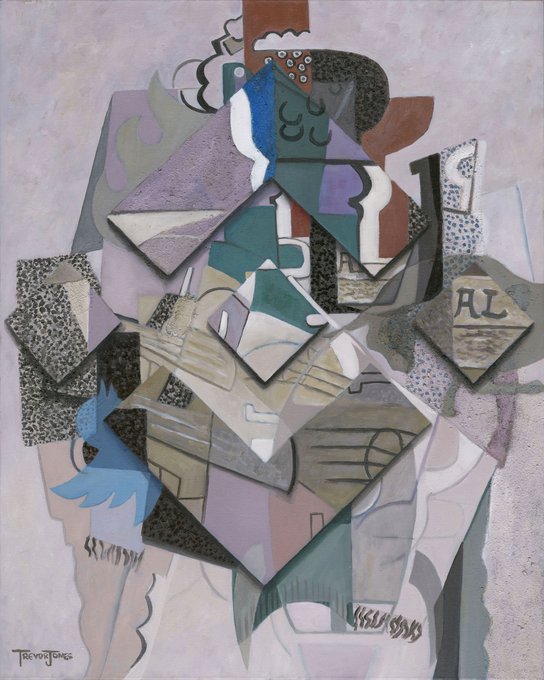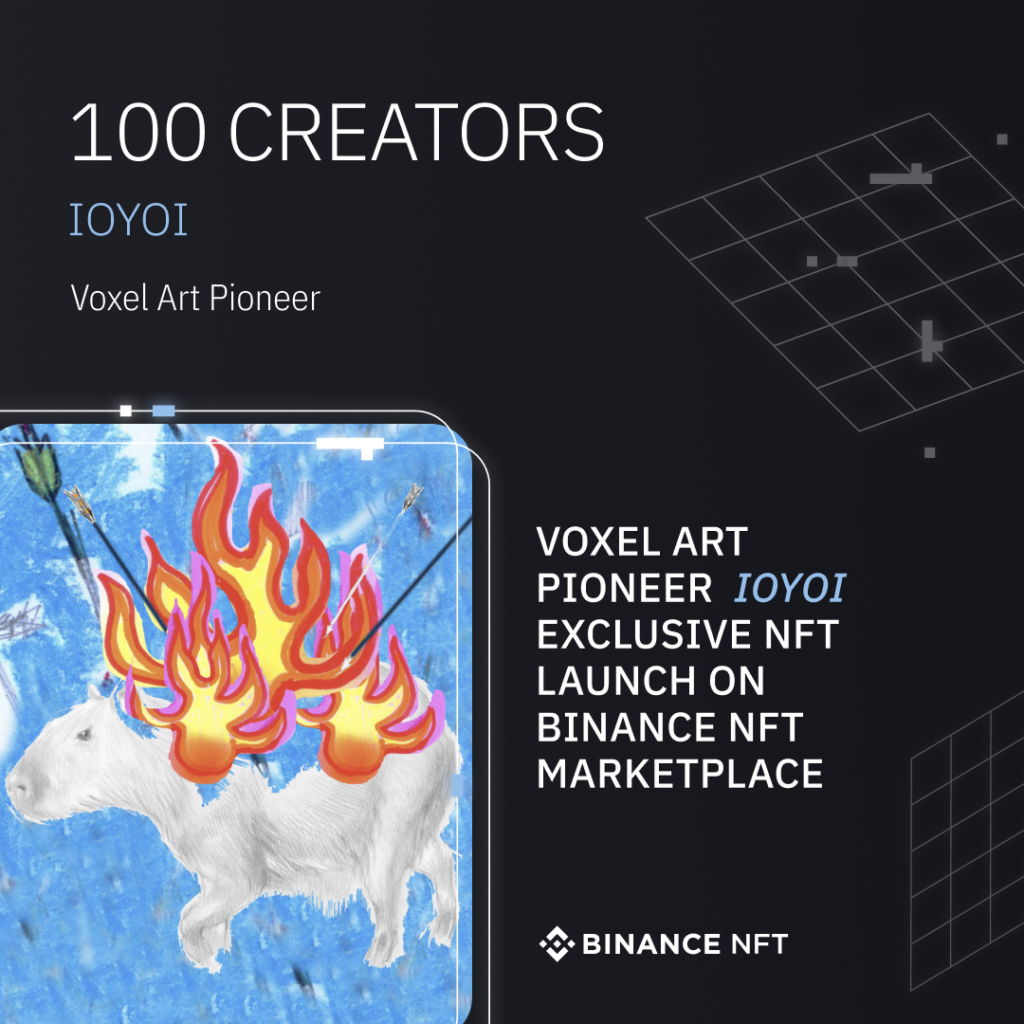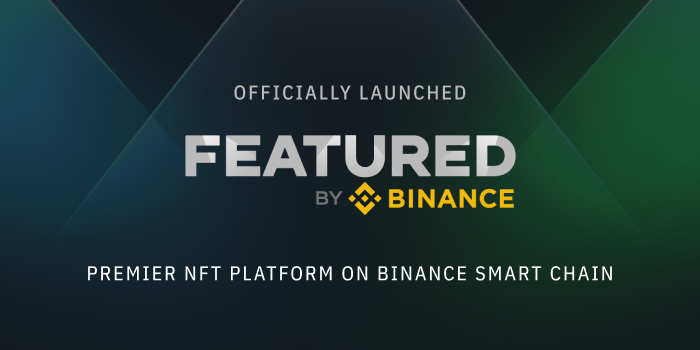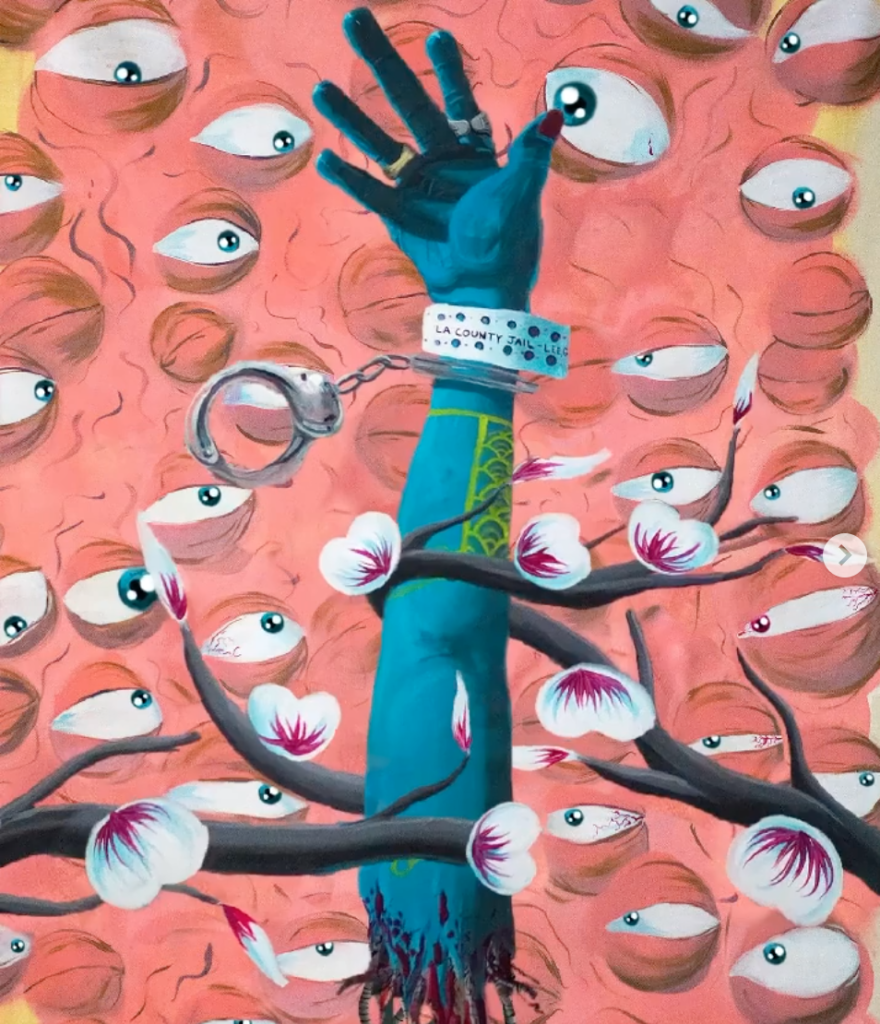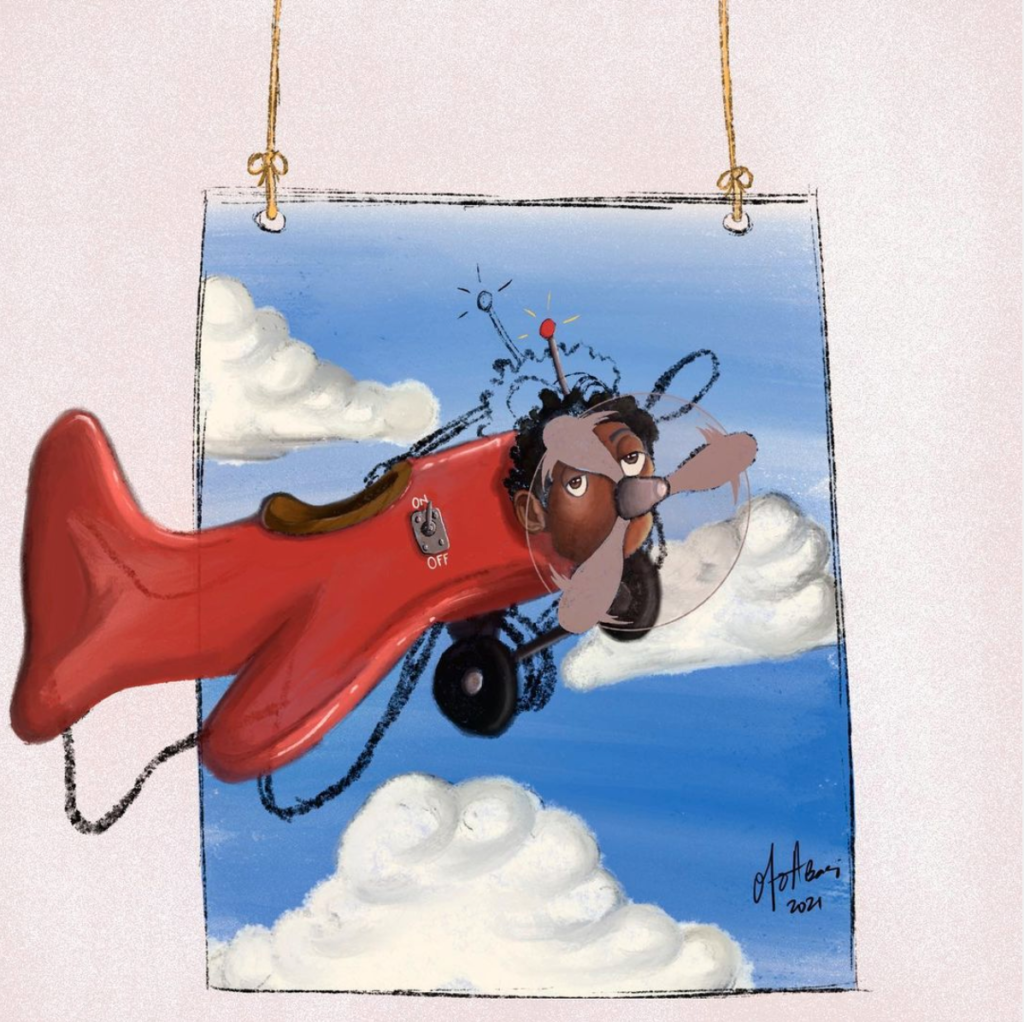Members of Carbonbase (a climate fintech company based in Hong Kong) founded Project Ark, an organization dedicated to taking effective action against climate change by leveraging data science, blockchain technology, and sustainability.
In partnership with Carbonbase and World Wildlife Fund Panda Labs, Project Ark is an innovative new conservation platform, and an online marketplace, which sells rare NFT collectibles, in exchange for funds that support and protect both animals and the environment.
Project Ark: A Quick Overview
“At Project Ark, we aim to realize this potential impact by bringing together passionate artists, with purpose-driven collectors, and deserving projects to create a win-win-win situation,” says Jon O’Sullivan, head of Business Development for Carbonbase spearheading Project Ark.
The story of a WWF member holding one of the last rhinos in her palm just before it died in 2020 inspired the team to get involved with protecting the most vulnerable species wherever needed on the planet. As a result, Project Ark was created; a carbon-neutral NFT platform worked on by World Wildlife Fund Panda Labs, that directly funded conservation and animal protection organizations.
As part of Project Ark’s mission, the organization seeks to build a market where any artist can participate in whatever conservation project inspires them, in which a portion of the proceeds will go to the partner organizations. “We believe that the NFT space has tremendous potential to raise much needed resources, but also provide emotionally evocative and experiential art that can change the way people view our natural world,” explains Jon O’Sullivan.
Additionally, O’Sullivan’s team intends to release its large scale natural endowment funds and create their own Decentralized Autonomous Organization (DAO) token, He adds: “this DAO will create a democratic governance amongst communities, in our mission to protect natural resources that are part of the common good but exploited by private interests.”
Staying conscious of sustainability and Carbon emissions, the team decided to go ahead and mint on the Polygon (formerly Matic) Network, “which is PoS (Proof of Stake) based and therefore involves negligible gas fees and Carbon emissions” O’Sullivan argues. “We also partnered with Chainlink (one of the more widely used Oracle Networks) so we can include Verifiable Randomness (VRF), and Dynamic NFTs going forward with the help of their oracles.”
Genesis Campaigns/Drops: An Overview
The current Genesis Drop offers 50% of all proceeds to World Wildlife Fund Romania, which supports their efforts to return endangered European Bison to the wild and to engage local communities in the conservation effort. Furthermore, Project Ark has a number of exciting conservation initiatives in the pipeline with which they will partner with creatives across a range of artistic mediums.
The campaign was launched with the release of four NFT Egg tiers (Bronze, Silver, Gold, and Platinum). Romanian instruments are used to create an original soundtrack for each of the Eggs, which represents an aspect of Romanian folklore and culture. Additionally, Project Ark has minted and offered 20 Genesis artworks up for grabs, which can be won by holders of Egg NFTs or purchased individually.
Besides the NFT Eggs, the entire Project Ark community will be able to access the Early Supporter Badge NFT.
World Wildlife Fund: An Overview
“Our mission is to conserve nature and reduce the most pressing threats to the diversity of life on Earth…At every level, we collaborate with people around the world to develop and deliver innovative solutions that protect communities, wildlife, and the places in which they live.” _ World Wildlife Fund
World Wildlife Fund (WWF) has been working in its mission to help people and nature thrive for over 60 years working with nearly 100 countries.
As the world’s leading conservation organizationWWF, engages businesses, local communities, academia, and conservation through Panda Laboratories . By attracting partners from various fields and gradually funding prototypes of identified solutions, Panda Labs will become the decentralized accelerator of WWF Romania, devoted to preserving nature and fostering local development.
Since 2006, WWF Romania has been dedicated to conserving wildlife in Romania’s Carpathian forests and along the Danube. Home to threatened species like amur leopards, brown bears, the sturgeons and European bison. Additionally, a program for young people to learn about the environment is being incorporated into this project.
WWF Romania started re-wilding the bison in 2014, and is now transforming local communities into conservationists through its extensive conservation program. As a result, bison populations running free in the wild have increased more than 200-fold, providing these communities with new and exciting economic opportunities.
Project Ark Links
Twitter: https://twitter.com/WeAreProjectArk
Discord: https://discord.com/invite/3DEGTZJ68J
Instagram: https://www.instagram.com/weareprojectark/
Linktree: https://linktr.ee/Project_Ark
To purchase the art: https://opensea.io/collection/genesis-drop-ark
Chainlink:
Twitter: https://twitter.com/chainlink
Discord: https://discord.com/invite/aSK4zew
Website: https://chain.link/
Polygon:
Twitter: https://twitter.com/0xPolygon
Discord: https://discord.com/invite/polygon
Website: https://polygon.technology/
Main featured image credit: “Back From The Brink” – NFT by @JonnyOhCanada
Share this article:
[addtoany]


